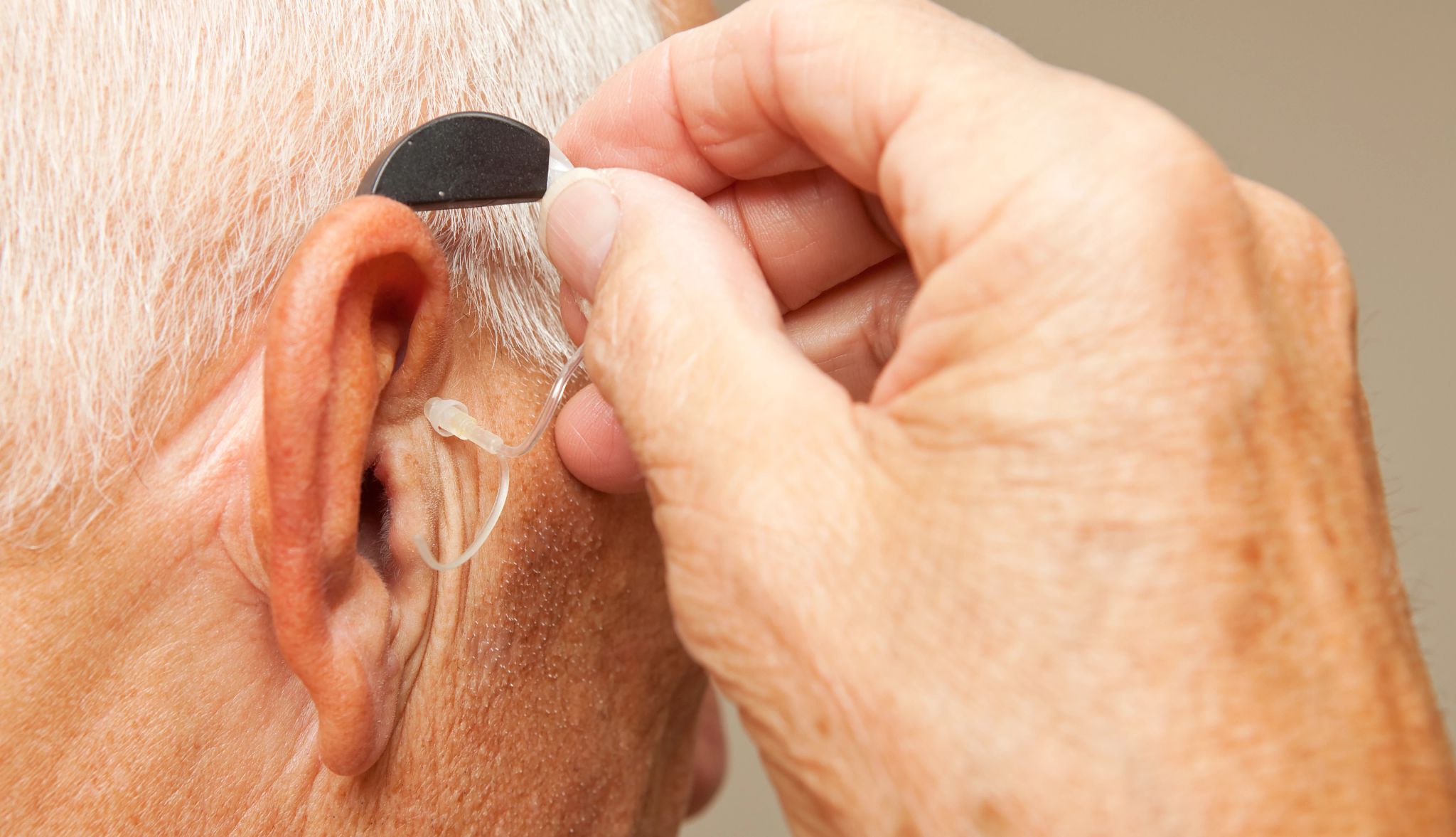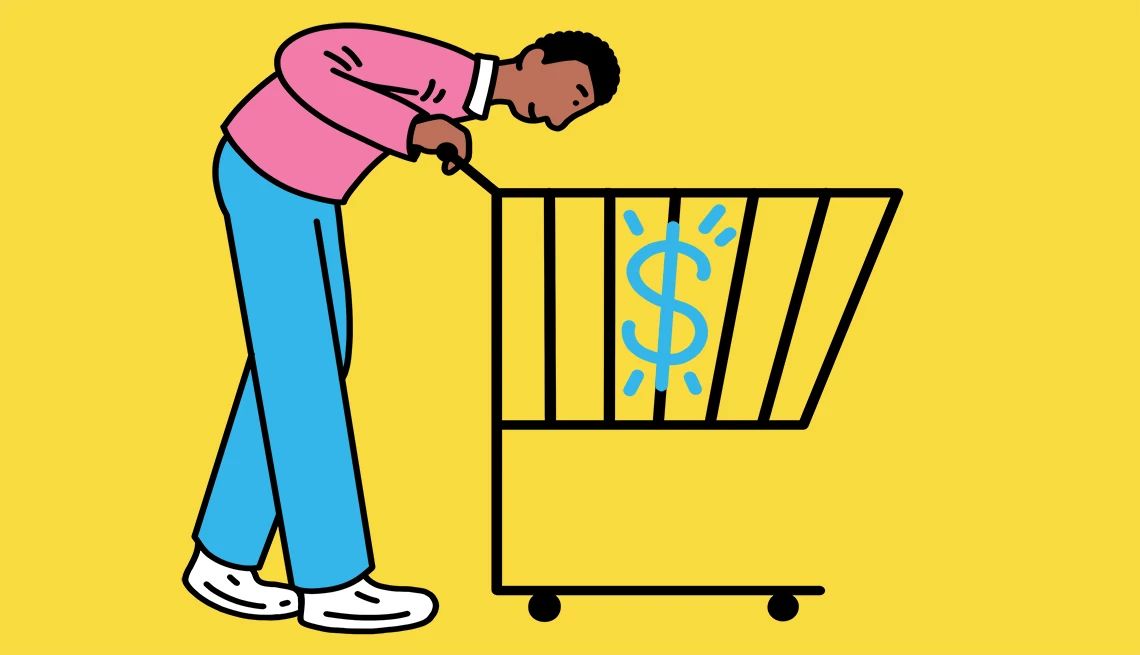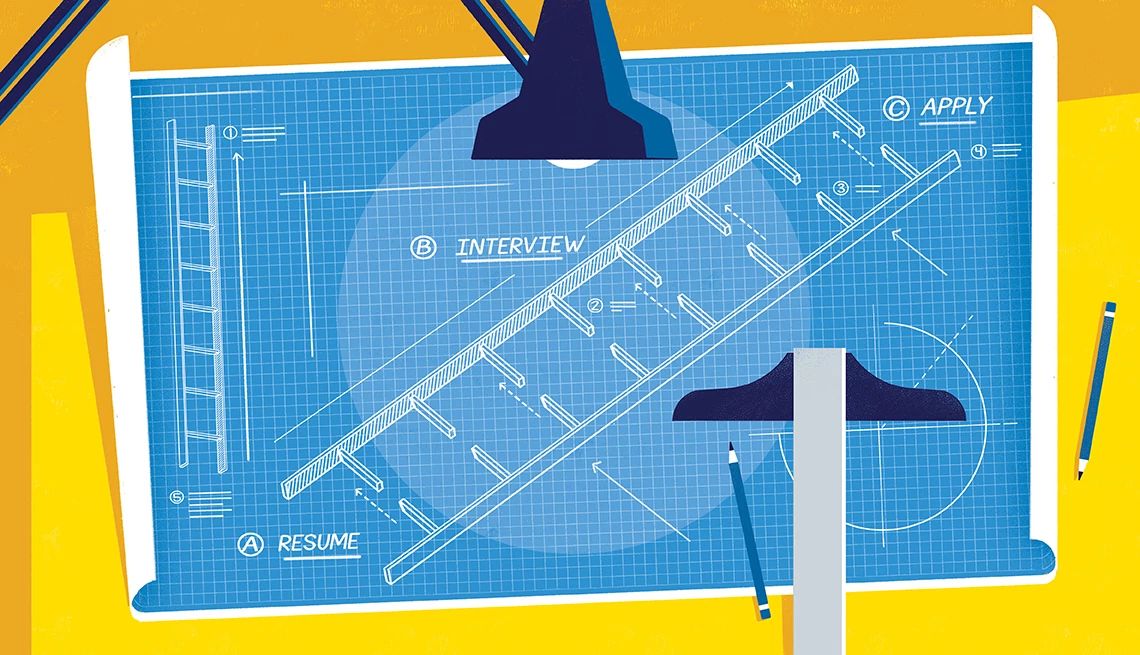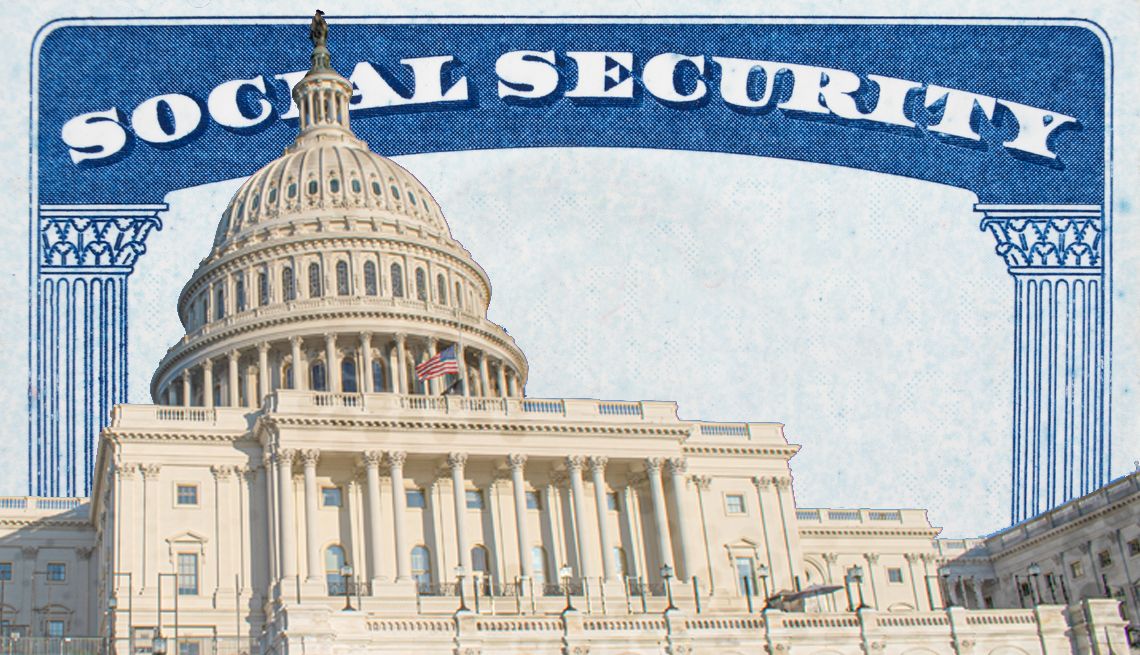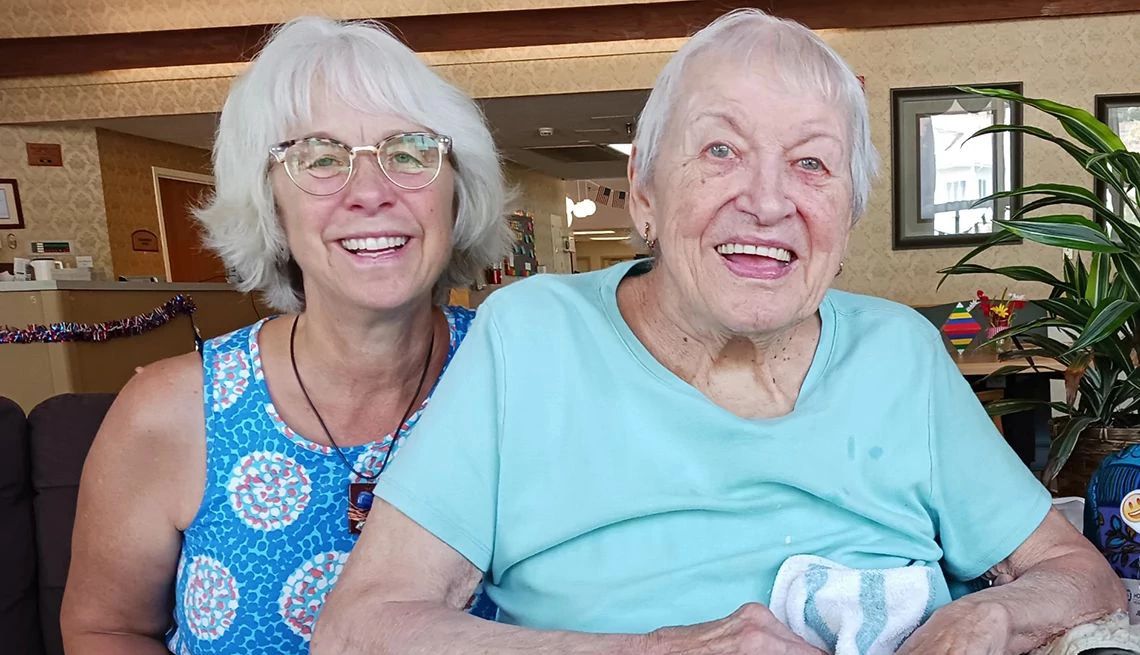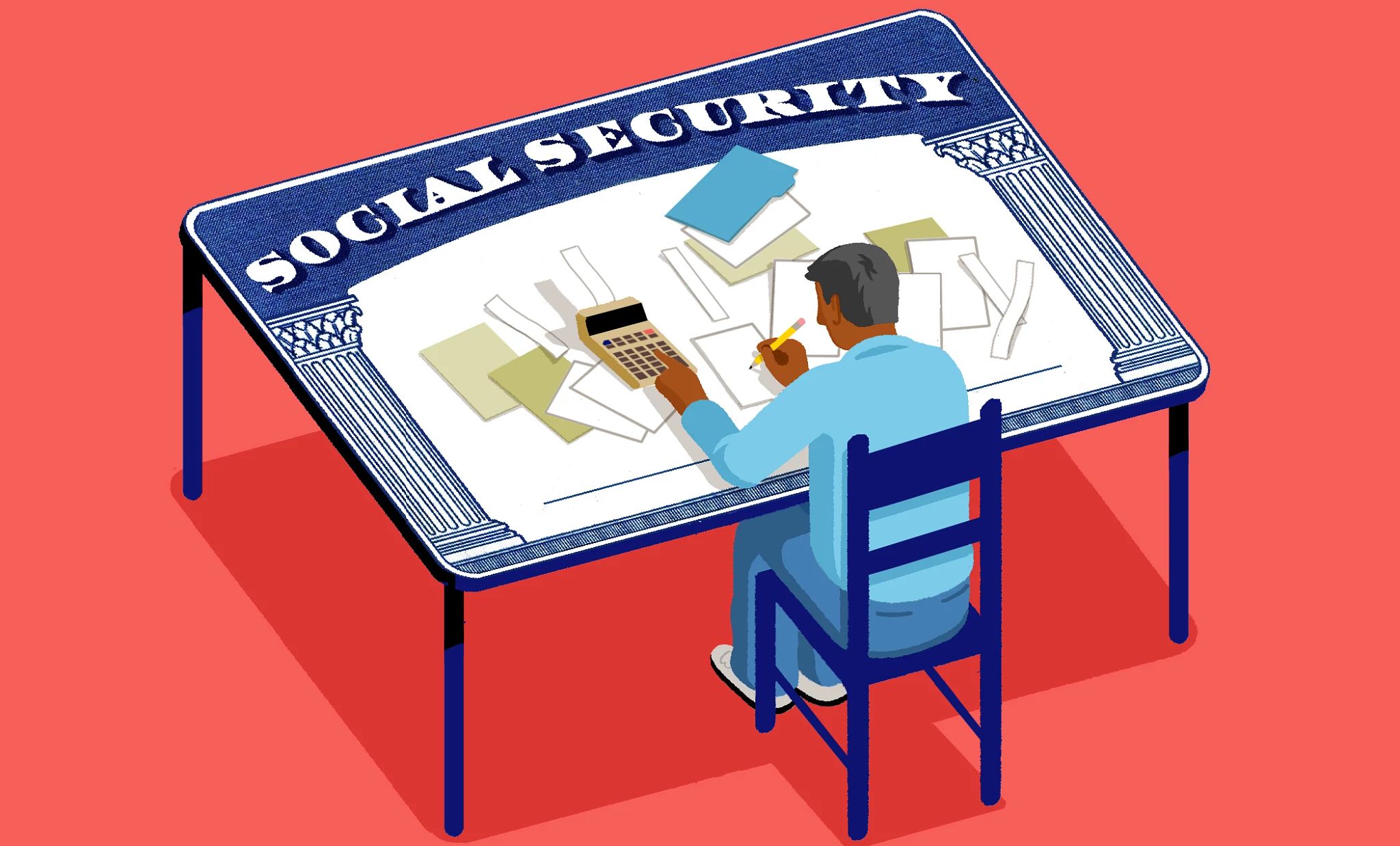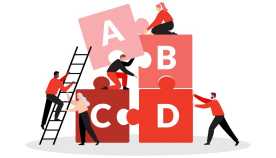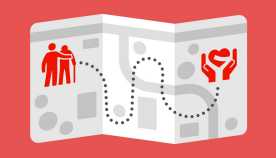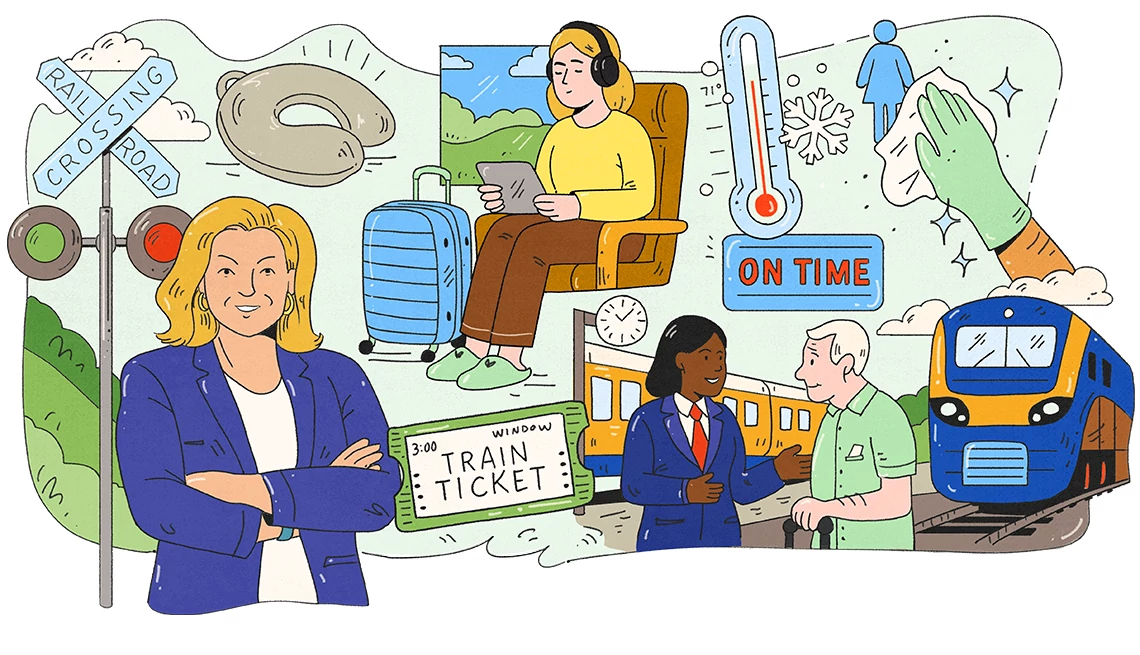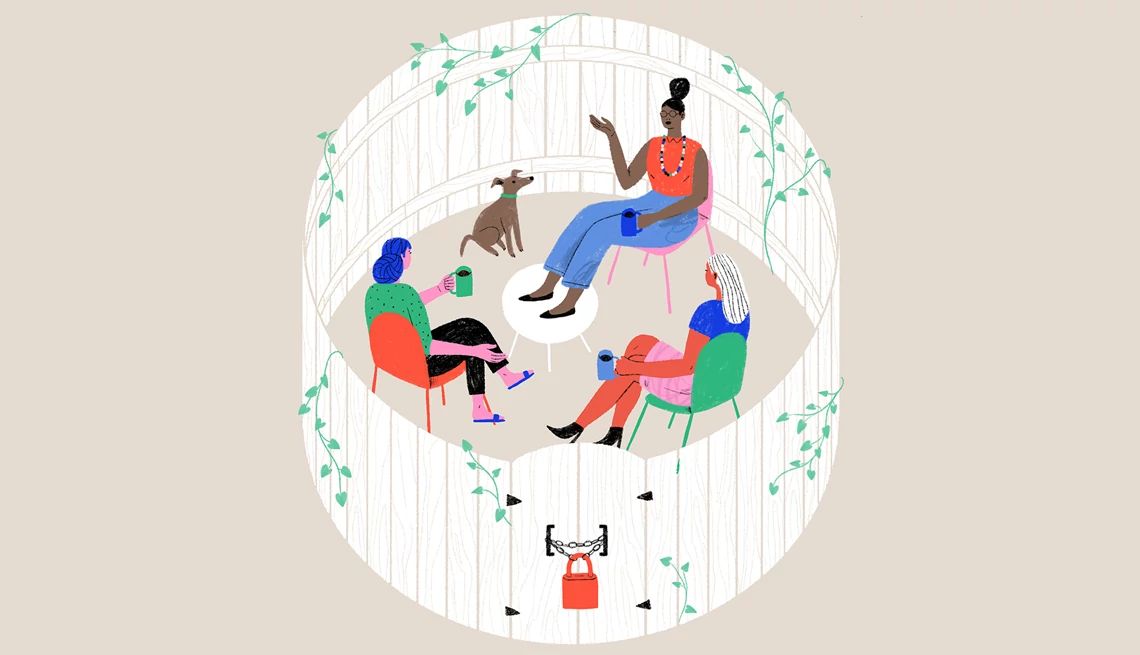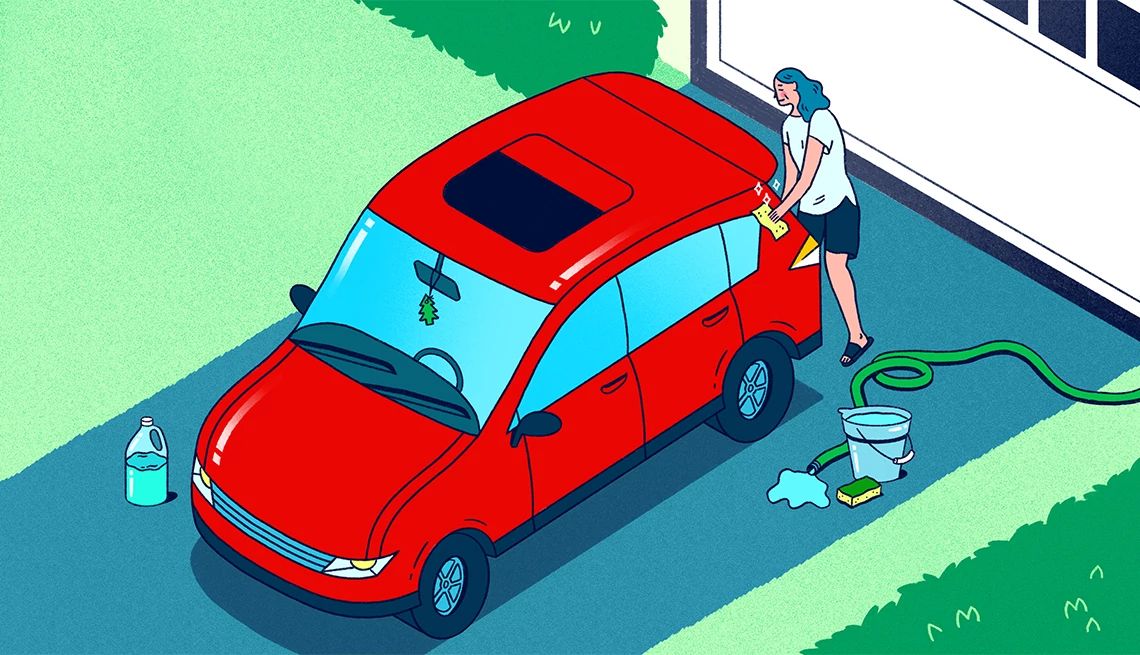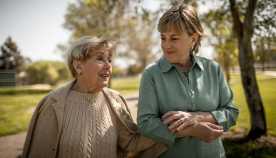AARP Hearing Center
CLOSE ×
Search
Popular Searches
- right_container
- Health
- Money
- Work & Jobs
- Advocacy
- Social Security
- Medicare
- Caregiving
- Games
- Travel
- More...
- Entertainment & Style
- Family & Relationships
- Personal Tech
- Home & Living
- Auto
- Staying Sharp
- Podcasts
- Videos
A range of employment indicators has revealed a mixed picture of the US labor market in recent months. While some of the latest data give room for optimism about job growth in some industries, many industries continue to shed jobs. Many older workers are employed in the industries and occupations…
Most of the 1.2 million people living with HIV in the United States are now over the age of 50, and more than 175,000 are over the age of 65. For many people who were diagnosed prior to the introduction of revolutionary highly active antiretroviral therapy, life expectancy was measured in months,…
Surveys illuminate people’s preferences for aging in place and reforms that promote more supply
We are a data-driven society. We need data to address the challenges and opportunities facing the 50-plus population. I am pleased to announce that today AARP’s Public Policy Institute launched the AARP DataExplorer , a free website tool that provides a rich collection of data on issues relevant to…
After years of waiting, the “smart home” is finally becoming a reality for many consumers. The idea behind the smart home is to help automate routine tasks and make homes more efficient.
Growing numbers of older Americans, especially those with cognitive impairments, are at risk for financial abuse.
When looking to manage a loved one’s finances, leave money to a beneficiary or simply monitor an immediate family member’s account, many turn to joint accounts. While they may be easy to use, as described in a recent blog, joint accounts have risks. And there may be better options, depending on…
Joint bank accounts can be a great convenience for people who share income and expenses — often the case with married couples. However, joint accounts also can have disadvantages. It is important for consumers to understand what a joint account is and what it is not, along with all its…
Most Medicare enrollees can expect to pay the same amount for their Medicare Part B coverage (the portion of Medicare that pays for doctors’ services and outpatient care) in 2016 as they do this year ($104.90), according to estimates from the latest Medicare trustees report. But about 1 in 7…
Good oral health is a vital part of general health and overall well-being. However, it requires the regular use of dental services. Yet many older adults are unable to afford the care they need to maintain healthy teeth and gums. Moreover, there are significant disparities in financial access to…
Not a day goes by that I don’t meet someone who is caring for a parent, another adult family member or a close friend with a chronic, disabling or serious health condition. This unpaid family care — known as “family caregiving” — is almost universal today as our population ages.
About 40 million people in America care for a family member, neighbor or friend who has limitations in everyday activities. We call these people “family caregivers.” Most of them juggle work and family caregiving responsibilities, which can seriously affect their physical and emotional health.…
Automatic enrollment for retirement saving is both effective and popular among all income, gender and ethnic groups. It has increased participation, helped people to both start saving earlier and to make appropriate investment choices.This mechanism would be even more useful, especially for younger…
Search AARP Blogs
Recent Posts




